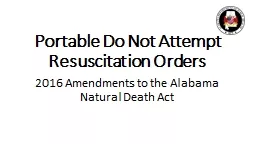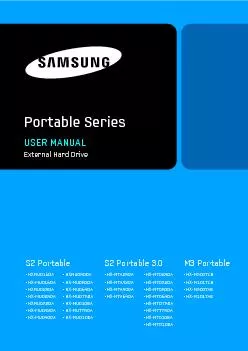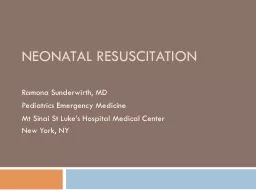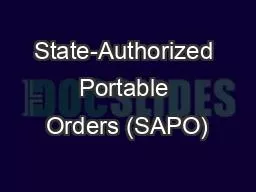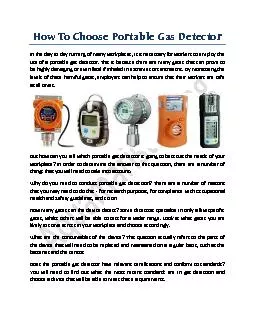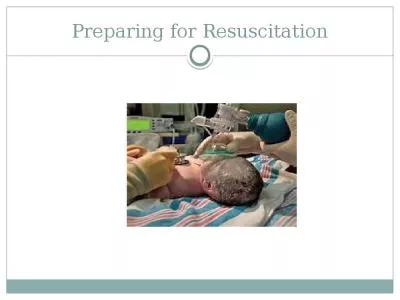PPT-Portable Do Not Attempt Resuscitation Orders
Author : min-jolicoeur | Published Date : 2017-08-29
2016 Amendments to the Alabama Natural Death Act Portable DNAR The Natural Death Act Ala Code 228A1 et seq contains provisions that affirm the right of competent
Presentation Embed Code
Download Presentation
Download Presentation The PPT/PDF document "Portable Do Not Attempt Resuscitation Or..." is the property of its rightful owner. Permission is granted to download and print the materials on this website for personal, non-commercial use only, and to display it on your personal computer provided you do not modify the materials and that you retain all copyright notices contained in the materials. By downloading content from our website, you accept the terms of this agreement.
Portable Do Not Attempt Resuscitation Orders: Transcript
Download Rules Of Document
"Portable Do Not Attempt Resuscitation Orders"The content belongs to its owner. You may download and print it for personal use, without modification, and keep all copyright notices. By downloading, you agree to these terms.
Related Documents

